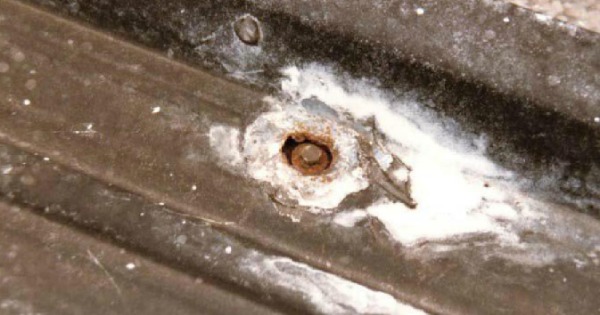Ideas for Continued Roofing Business Cultivation Through the Year
By Linda Light, Beacon Building Products.
Don’t let the changing weather slow you down. Instead, utilize free time in your schedule to strengthen your operations.
If an extreme winter or spring season is common where you work and live, it might seem daunting to continue business as usual. Rather than shutting down for the weather, consider adding supplemental roofing and construction services to your business. Offering additional services to customers can boost your profits and help you keep your employees’ workloads consistent throughout the year.
One way to grow your roofing business is to offer more services, like roofing consulting and inspections, among others.
Grow your roofing business with other services
Keep both residential and commercial customers happy and satisfied by providing them with not only high-quality service but also the services they need year-round. The more options you offer, the more likely they will keep their business with one contractor. Some services you can add include:
-
Snow removal on commercial properties. Flat commercial roofs are susceptible to snow and ice buildup. They also have weight limits before the stress of snow leads to a potential collapse. In addition to clearing roofs, think about renting a plow attachment to clear parking lots, or the safety equipment to remove hanging icicles that can drop and damage cars or hurt passersby.
-
Ice dam removal. When ice melts on a roof and gets trapped, it forms ice dams on roofs, gutters and downspouts. The weight and moisture can damage a roof system. If you get calls about ice dams frequently, steam removal equipment may be a good investment.
-
Gutters. Gutter work is affected by low temperatures, so when you're thinking about how to grow a roofing business, gutter maintenance makes an excellent supplemental service. Use your roofers' knowledge to assess gutters for damage and ensure proper drainage.
-
Drywall repair. While drywall is simple to install, it can be installed poorly, leaving a lumpy mess. Offer your customers a professional drywall service for the next time they spot a crack or punch a hole with a doorknob.
-
Roofing consulting and inspections. Create inspection packages focused on homeowners and commercial buildings that help them identify and reduce the risk of roofing damage caused by freezing and thawing cycles. This is especially important for roofs that are old and damaged or have possible weak spots.
Extra services mean extra safety checks
Safety is a top priority in any season. Wear appropriate clothing when working in freezing temperatures to prevent frostbite and hypothermia. Snowy, icy and windy conditions can also increase the risk for slips, trips and falls on the rooftop, so make sure all of your workers have appropriate shoes as well as guardrails and harnesses.
Whether working inside or out, wear appropriate personal protective equipment (PPE) that fits properly. All tools should be inspected and damage-free.
Drywall installation comes with some extra precautions. Beware of buckets containing compound: They can be a safety hazard for small children. Drywall also creates a respiratory irritant. Wear a dust mask, spread a plastic dropcloth and vacuum the area thoroughly.
What will you need to grow your roofing business?
Depending on what supplemental services you decide to offer, you may need to consider:
-
What equipment will you need to buy or rent?
-
Do you need additional PPE? What additional safety measures need to be taken?
-
Do you have enough workers to offer these services on a year-round basis?
-
Do you have workers who are qualified and trained? If not, can you provide training?
Don't forget
Training is a good way to spend downtime and grow your roofing business. Stay up to date on the latest roofing techniques, materials, equipment and safety standards. Give your workers opportunities to earn a certification or a new skill for the coming season.
When you're ready, make sure to provide your existing customers with information on the services you plan to offer.
Learn more about Beacon Building Products in their RoofersCoffeeShop® Directory or visit www.becn.com.
Original article source: Beacon Building Products


-2025-xtv-mls-tour-2.png)



















Comments
Leave a Reply
Have an account? Login to leave a comment!
Sign In